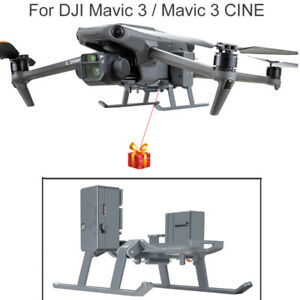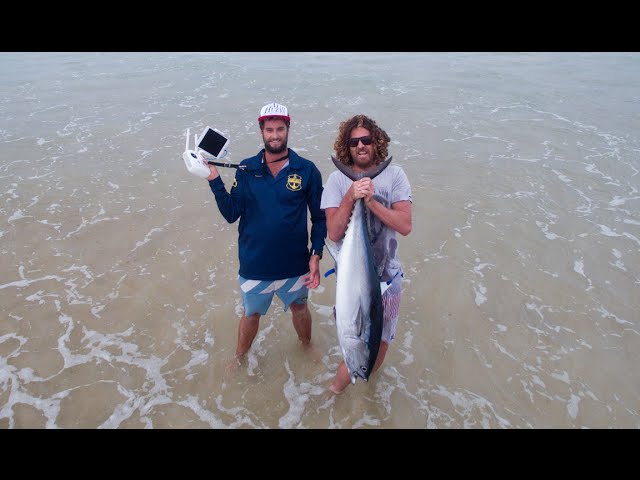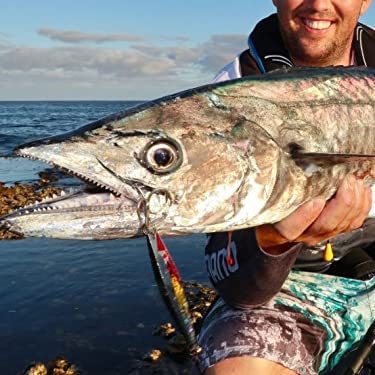
This article will cover the basics of a drone fishing device. We'll also cover what you need to be aware of when choosing your drone and how it will perform over time. Then we'll show you how to get more out of your drone. You'll find some great tips and tricks in the following sections. You will soon be able to fly the drone of your dreams. Let's begin !..., and maybe even catch a few fish.
Basic drone fishing rig
The first thing you will need to drone fish is a set of hooks. Double the fishing line, and make sure it is mono or braid. To attach a Cat's Paw Loop or Uni Knot to the line, you should tie it. You'll also need a sinker between 2-8 ounces and hooks for attaching to each second section of your backbone. Attach the snap swivel's lead loop to your drone's end loop.
There are many ways you can create a fishing drone. Attaching a hook and spinning the drone until the line releases is a basic way. Droppers and drop lines can be used to keep the fishing net below the drone. Droppers allow you to keep your main line under the drone, without it getting tangled up with propellers. The fishing drones can also be equipped with accessories, such as a battery pack and a dock.
Once you've purchased the basic drone fishing rig, you'll need to purchase some additional equipment. A long fishing line (approximately 700m) and a bait-dropping device are essential. These are optional extras but will make your drone fishing trip more enjoyable. A drone will provide you with a clearer view and make it easier to spot fish.

Payload for drone fishing system
Be aware of safety precautions if you want to catch fish by drone. Your drone should not be flown in strong winds or rain. Here are some steps:
First, ensure that the drone has enough weight to support its weight. The drone will not stay stable if it is loaded with heavy lures or braided lines. Also, if you're fishing at a seaside location, the wind may blow the drone off its course. It is also important that you check your local laws and regulations, as some may not allow the use of drones for fishing. Once you've decided to go fishing with a drone, you need to choose one with solid carrying capacity.
Next, determine the accessories that you'll need for your drone. To reduce weight distribution problems, a good rule of thumb is that your rigging system should have a central attachment. Motor struts or landing gear and the legs of the drone are all good options for attaching. Avoid attaching any payloads to the camera or gimbal as these could cause damage. A simple solution is to tie a length of fishing line from one corner to the other. To stop the line from falling out, you can attach tape to it.
Battery life of drone fishing rig
Make sure you check your batteries before you go fishing with your drone. This will allow you and your drone to have a longer battery life. Some drones have solar panels or car batteries that allow you to charge them. You should start with fully charged batteries. This will ensure your drone is ready to fly when you reach your fishing spot.

It is also important to take into account the drone’s flight time. While some drones can fly longer than others, the average drone can fly for around twenty-two mins. This is great if you're looking to spend hours on the water with your drone. But you should be aware that a drone with limited endurance will be inoperable and will make it nearly impossible for you to catch fish.
Once you have set up your fishing rig, attach your fishing line clip to the legs of the drone, or to the motor struts. Attach the bait to the fishing rod. Lock the reel when you are ready for the drone to fly. Once you release the line, tension will build and the drone will drop the bait in the water. You should charge the battery every time you use it, otherwise it might not function properly.
FAQ
Is it against the law to fly a helicopter?
Flying drones is an offense in certain countries, including Australia, Canada, Germany and Japan. It is legal in countries such as France, Italy Netherlands, Poland and Russia.
Are drones allowed to be used at public events
If you observe the rules, then you can fly a drone wherever you want. You will need to get approval from event organizers if your drone is going to be flying during public events such as a parade, festival or concert.
How do you travel with a drone?
Drones are becoming increasingly popular for both personal use and commercial purposes. Drones are used for filming, photography, aerial mapping, search and rescue, as well as other purposes. New regulations were approved by the FAA, which includes requirements for registration, licensing pilot training and insurance. These changes will help ensure that drones stay safe for all.
Is Drone Use Banned in Your Country?
The FAA has banned drones from flying near airports, stadiums, sporting events, nuclear power plants, hospitals, prisons, and other restricted areas. However, they allow them to fly nightly using GPS technology.
What is the law about drones flying on private property?
New rules were recently published by the FAA regarding commercial drone flights. These rules are only applicable to UAVs that weigh less than 55 pounds and fly below 400 feet above ground. Commercial operators must register with the FAA and obtain a license from the agency. They will also require permission from local authorities to operate near airports and other restricted areas.
Is it possible to spy on someone with a drone?
A drone can be used to spy on anyone. It is important to be aware of drones and to avoid any areas they may fly. Do not hesitate to call 911 if a drone is seen flying.
Statistics
- According to Indeed, a drone pilot gets paid $25.73 per hour on average in the US. (dronesgator.com)
- Research and Markets predict a growth rate of 51.1% over the next five years. (thedroneu.com)
- According to the multiple listing service (MLS), houses and apartments with drone photographs are up to 68 percent more likely to sell than those without pictures. (thedroneu.com)
External Links
How To
How to Fly Drones with Beginners
A drone refers to a remote-controlled aircraft designed for aerial photography, surveillance and scientific research. Drone technology has existed since World War II. However, commercial use began in 2010 when DJI released their Phantom series of quadcopters. Since then, there have been many different types of drones available, from beginner-friendly models like the Parrot AR Drone 2.0 to professional-grade multi-rotor craft like the DJI Mavic Pro.
There are many methods to fly a Drone, including
-
Remote control - This method uses a control device attached to your hand, which enables you to steer the drone through its flight path. There are two main types: Joysticks (like a radio), and On/Off switches (like an alarm clock).
-
Manual Control – This allows remote operation of the drone via GPS coordinates using a smartphone application. Follow the instructions of the app to track the exact location you want the drone go.
-
Autonomous Flying - This allows the drone to take over all of the piloting duties. The drone is able to fly autonomously, without the need for human intervention. For the autonomous flight to occur, the drone must have a built-in camera and sensors capable of capturing images and data.
-
Triggered Flight: This is similar in concept to manual control. The pilot manually creates a route and the drone then follows it until it reaches that endpoint. Once the programmed route is completed, the drone lands automatically and returns back to the base.
-
Landing Gear: Some drones have landing gear that allows them safely to land in case they lose power or run low on battery.
-
Goggles-Some pilots use goggles to protect their eyes from debris during operations.
-
Camera - Some drones can be equipped with cameras which enable you to capture photos from the sky.
-
Obstacles - Some drones can be equipped with obstacle avoidance systems that prevent them from crashing into obstacles.
-
Speed - Drones can reach speeds up to 40 mph.
-
Battery Life - Most drones are capable of lasting between 20 minutes and three hours, depending on the power that you use.
-
Distance - Some drones can travel up 30 miles depending on the model.
-
Power source - Not all drones can use an external power source. Others can run on internal batteries.
-
Weight - Some drones are lighter than others, while some models can weigh as much as 4 pounds.
-
Size - Drones come in many sizes, from small gadgets that fit in one's hands to large craft that weigh more than 50 lbs.
-
Price - All drones fall within a specific price range, from high-end models that can cost thousands of dollars to lower-cost options starting at $100.